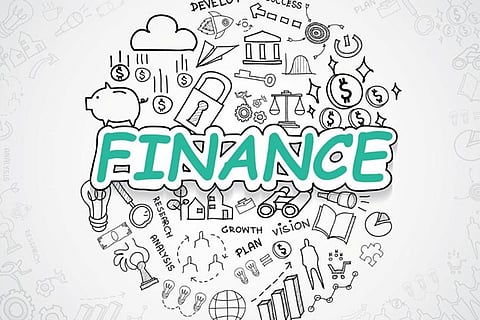Should I Use Bridge Finance To Help Me Move House?
Bridge finance, often called a bridge loan, is a short-term loan that helps homeowners “bridge” the gap between buying a new home and selling their current one.
It provides quick access to funds so you can complete your purchase before receiving the proceeds from your existing property sale.
These loans typically last from six months to a year and are secured against your current home or the new property. They are most commonly used in a fast-moving housing market, where timing is crucial and buyers need flexibility.
In the United States, bridge loans are often offered by banks, mortgage lenders, or private finance companies.
According to the Mortgage Bankers Association, around 5% of homeowners used some form of short-term financing in the process of moving homes in 2024. While bridge finance can make moving smoother, it comes with specific costs and risks that should be carefully understood before applying.
The Benefits of Using Bridge Finance To Move Home
The main benefit of bridge finance is speed. It allows you to buy a new home without waiting for your old one to sell.
This can be a big advantage if your dream home comes on the market and you need to act quickly. It can also help you avoid the stress of temporary housing or storing your belongings between moves.
Another advantage is financial flexibility. With a bridge loan, you can use the equity from your current property as a down payment on your new home. For people with strong credit and sufficient equity, it can be a smart way to manage cash flow. Some lenders even offer interest-only bridge loans, reducing the immediate monthly payment burden until your first home sells.
The Costs and Considerations of Bridge Finance
Bridge finance is more expensive than traditional mortgage products. Interest rates tend to be higher because of the short-term nature and the added risk to lenders.
Average bridge loan rates in the US are typically between 8% and 12%, depending on your credit profile and the loan structure. In addition to interest, there are origination fees, appraisal fees, and sometimes early repayment penalties. These costs can add thousands of dollars to your total expenses.
Borrowers should also consider the repayment plan carefully. Most bridge loans require payment in full once your existing home is sold, so delays in the sale can create financial strain. Before signing, review your lender’s terms and check that you can manage the interest payments during the bridging period.
What Are The Risks Involved With Bridge Finance?
The biggest risk with bridge finance is being unable to sell your current home in time. If the housing market slows or your property doesn’t sell at the expected price, you could be left with two mortgage payments plus interest on the bridge loan.
This can quickly lead to financial stress. In 2023, about 14% of US homeowners who used bridge loans reported delays of over 90 days in selling their first property, which significantly increased their borrowing costs.
There’s also the risk of fluctuating property values. If housing prices drop after you buy the new home, you might owe more than your properties are worth combined. Lenders will usually assess your ability to handle both loans to minimize this risk, but it’s still something every borrower should plan for.
Are There Types of Bridge Finance or Scenarios That Work Better?
Bridge finance is most effective when there is a clear exit and end date, because then the borrower can repay their loan in full. The longer the loan delays, the more interest accrues, and the risks of not selling the property, and therefore the chances of losing their asset.
There are some scenarios where bridging is effective, such as moving home before you have sold your own, but ideally, if you have a keen buyer in place who has committed. Other scenarios include using bridge loans for refurbishment or renovations, bridging loans for probate before it is granted, and also buying a property at an auction where there is a short timeframe to complete.
Should You Use Bridge Finance?
Bridge finance can be a useful tool if you have strong equity, good credit, and confidence that your home will sell quickly. It offers convenience and flexibility when timing matters most, helping you move forward without losing the property you want.
However, it’s not ideal for everyone. If your budget is tight or the real estate market is uncertain, it might be safer to wait until your current home sells or explore alternatives like a home equity line of credit.
In short, bridge finance can make moving smoother, but at a cost. Understanding the terms, interest rates, and potential risks will help you decide if it’s the right move for your situation. For many, it’s a bridge worth crossing only when the timing and finances truly line up.
Inspired by what you read?
Get more stories like this—plus exclusive guides and resident recommendations—delivered to your inbox. Subscribe to our exclusive newsletter
Resident may include affiliate links or sponsored content in our features. These partnerships support our publication and allow us to continue sharing stories and recommendations with our readers.

